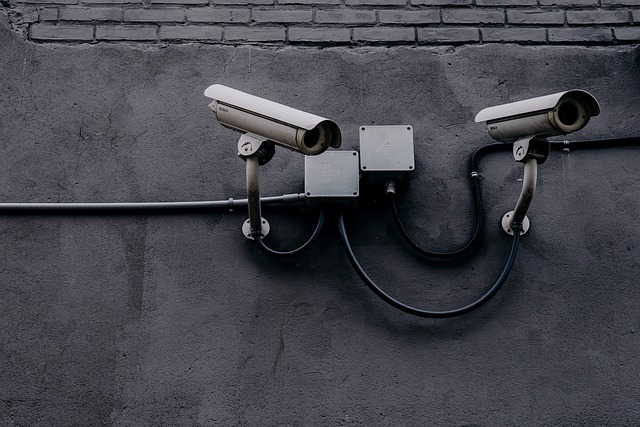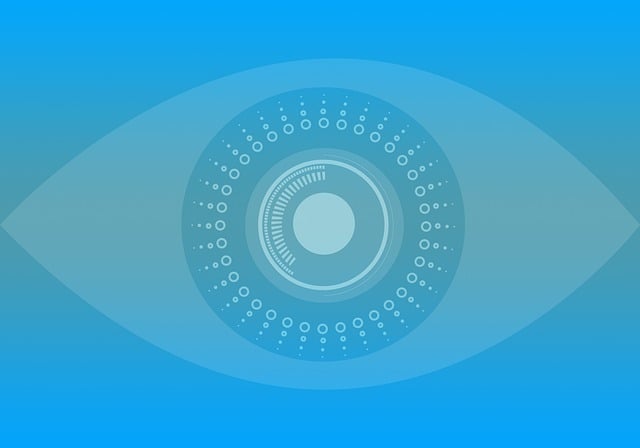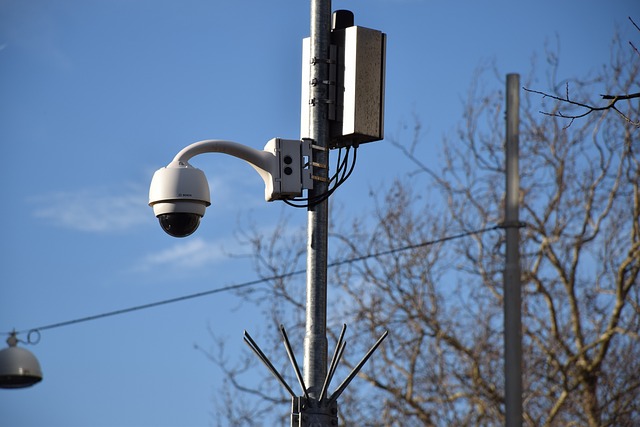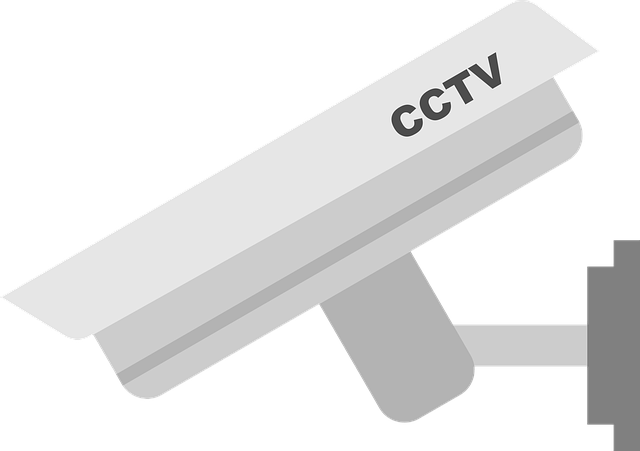The deployment of advanced high-definition (HD) CCTV systems significantly enhances security by providing clearer and more detailed footage compared to standard definition cameras. When selecting HD CCTV solutions, consider factors such as resolution—ranging from 720p HD to 4K or even 8K—environmental conditions, lighting, lens quality, and dynamic range for consistent clarity across various lighting scenarios. High-resolution cameras, complemented by robust low-light performance and infrared capabilities, ensure effective monitoring during night-time. Motion detection features help focus on critical areas, conserve storage, and improve overall system efficiency. Advanced technical specifications like megapixel resolution, lens sharpness, and sensor quality are essential for high-definition imaging, with compatibility with existing systems or network video recorders (NVRs) being a key consideration. Proper installation involves strategic camera placement, optimal height for vantage points, and the use of quality cabling to connect cameras to DVRs or NVRs. Security and performance optimization include fine-tuning settings, ensuring system integrity, and conducting thorough testing to avoid blind spots. Regular maintenance, including cleaning cameras, updating firmware, and enforcing network security protocols, is crucial for sustained performance and security. A proactive approach to software updates and system checks ensures operational excellence and adherence to the latest HD technology standards, maintaining the integrity and effectiveness of your CCTV surveillance system.
High-definition (HD) CCTV has revolutionized the field of surveillance, offering unparalleled clarity that enhances security and situational awareness. This comprehensive guide delves into the essentials of HD CCTV systems, providing insights on selecting the most effective cameras for your surveillance needs. We’ll navigate through a step-by-step installation process to ensure premium footage quality. Additionally, we’ll explore strategies for optimal camera placement and angulation to maximize your investment’s benefits. Regular maintenance and updates are also critical for maintaining top-tier performance from your HD CCTV system. Join us as we demystify the world of HD surveillance and help you harness its full potential.
- Understanding High-Definition CCTV and Surveillance Systems: A Guide to Clarity in Monitoring
- Key Considerations for Choosing HD Cameras for Effective Surveillance
- Step-by-Step Guide to Installing a High-Definition CCTV System for Premium Footage
- Maximizing Your CCTV Investment: Best Practices for Positioning and Angulation of HD Cameras
- Maintaining and Updating Your HD CCTV Surveillance System for Optimal Performance
Understanding High-Definition CCTV and Surveillance Systems: A Guide to Clarity in Monitoring

When integrating high-definition CCTV and surveillance systems into your security infrastructure, it’s crucial to grasp the technical specifications that define clarity in monitoring. High-definition (HD) CCTV cameras offer sharper images and finer details than their standard definition counterparts. This enhancement in resolution allows for more effective identification of individuals or activities captured on camera, which is a significant advantage in various security applications. The choice between 720p (HD), 1080p (Full HD), or even 4K resolutions depends on the specific needs and environmental conditions of the surveillance area. Cameras with higher resolution capabilities can capture more details, making them ideal for complex environments where facial recognition or license plate reading is required.
In addition to resolution, understanding the role of lighting and lens quality in HD CCTV systems is essential for optimal clarity. Adequate lighting ensures that the camera’s sensor can accurately capture the visual data, while a high-quality lens enhances the focus and contrast of the footage. The integration of advanced infrared (IR) technology further extends the capability of these cameras to provide clear images even in low-light or nighttime conditions. When selecting HD CCTV systems, consider factors such as dynamic range, which refers to the camera’s ability to capture both dark and bright areas within the same scene without overexposing or underexposing either. This is particularly important for maintaining clarity in diverse lighting scenarios that are common in most surveillance environments.
Key Considerations for Choosing HD Cameras for Effective Surveillance

When selecting CCTV cameras for effective surveillance, it’s crucial to consider the resolution capabilities of the devices. High-definition (HD) cameras offer clearer footage, which is essential for identifying individuals and details in real-time. The camera’s ability to capture finer details becomes particularly important in areas with high traffic or where security is a priority. Optimal lighting conditions are another significant factor; ensure your chosen HD cameras have strong low-light performance or built-in infrared capabilities for effective night-time surveillance. Additionally, the camera’s field of view and its adaptability to different environments, such as indoor or outdoor settings, should be taken into account. Advanced CCTV systems also offer features like motion detection, which can help in focusing on critical areas and reducing storage requirements by capturing only when needed.
In terms of technical specifications, the camera’s resolution (measured in megapixels) plays a pivotal role in the clarity of the footage. For instance, a 4K or 8K camera provides significantly clearer images compared to standard HD cameras. Furthermore, the camera’s lens and sensor quality are paramount for high-definition imaging. A high-quality lens captures sharp images, while a superior sensor ensures better low-light performance and accurate color representation. When integrating these cameras into your surveillance system, it’s also important to consider the compatibility with existing CCTV infrastructure or network video recorders (NVRs) to ensure seamless operation and data management.
Step-by-Step Guide to Installing a High-Definition CCTV System for Premium Footage

When installing a high-definition CCTV system for premium footage, it’s crucial to follow a systematic approach to ensure optimal performance and clarity. Begin by carefully selecting the surveillance cameras that best suit your needs, considering factors such as resolution, field of view, and low-light capabilities. Once you have the appropriate hardware, the installation process commences with positioning the cameras strategically around the area to be monitored. Ensure they are mounted at a height where they have an unobstructed view, ideally at eye level, to capture the highest quality footage. Use high-quality coaxial cables or network cables, depending on whether you opt for analog or IP CCTV systems, to connect cameras to the digital video recorder (DVR) or network video recorder (NVR). Secure the cables neatly to prevent any potential tripping hazards and to minimize signal interference.
For the next step, configure each camera with the desired settings, such as resolution, frame rate, and motion detection sensitivity. Connect the cameras to the DVR/NVR, ensuring that they are properly recognized and configured within the system. It’s essential to place the DVR/NVR in a secure and well-ventilated area to prevent unauthorized access and overheating. Finally, test each camera to verify that it is capturing high-definition footage with clear details. Adjust the cameras as necessary to eliminate blind spots and maximize coverage. Always refer to the manufacturer’s guidelines for specific instructions tailored to your chosen equipment. By adhering to these steps, you can install a CCTV system that provides crisp, detailed surveillance footage for security or monitoring purposes.
Maximizing Your CCTV Investment: Best Practices for Positioning and Angulation of HD Cameras

When maximizing your CCTV investment, strategic positioning and optimal angulation of high-definition cameras are paramount for capturing clear footage. Positioning cameras at appropriate heights and angles minimizes blind spots and ensures comprehensive surveillance coverage. For instance, mounting cameras slightly above the average eye level can reduce reflections from windows while providing a vantage point that overlooks potential points of interest. Additionally, angle adjustments should be tailored to the specific environment; cameras facing entrances or exits should have a wide-angle view to monitor all activity, while those covering hallways or corridors might require a narrower field of view to focus on specific areas with greater clarity. Utilizing CCTV systems with remote zoom and pan capabilities allows for dynamic adjustments to camera positions in real-time, which can be invaluable during live surveillance or when revisiting recorded footage post-incident. Proper placement and angle adjustment are not just about capturing images but also about creating a robust security strategy that deters potential threats while ensuring the safety of personnel and assets. Surveillance professionals often recommend a combination of fixed, pan-tilt-zoom, and dome cameras to achieve comprehensive coverage, taking into account factors such as lighting conditions, field of view requirements, and traffic patterns within the monitored area.
Maintaining and Updating Your HD CCTV Surveillance System for Optimal Performance

To guarantee the longevity and effectiveness of your high-definition CCTV surveillance system, regular maintenance is imperative. It involves rigorous testing to ensure each camera’s clarity and functionality remain intact. Dust and debris can impair image quality; hence, cleaning lenses with microfiber cloths or compressed air should be a routine procedure. Additionally, updating the firmware of your cameras and surveillance software is crucial for security enhancements and accessing improved features that maintain sharp footage and robust data encryption.
The importance of software updates cannot be overstated; they often include bug fixes and performance improvements that help maintain the integrity of your CCTV system. These updates ensure that your surveillance setup operates at peak efficiency, adapting to new resolution standards or other advancements in HD technology. Furthermore, maintaining network security protocols is essential to prevent unauthorized access, which could compromise the integrity of the footage captured by your high-definition cameras. Regularly checking connectivity and conducting system checks can help preemptively address potential issues before they impact the quality of your surveillance.
When it comes to safeguarding your property or ensuring the safety of individuals within a space, the adoption of high-definition CCTV systems stands as an invaluable tool. This guide has shed light on the critical aspects of selecting and installing HD cameras for surveillance, emphasizing the importance of clarity, positioning, and continuous system upkeep to maximize their effectiveness. By adhering to the best practices outlined, users can rest assured that their CCTV investment is not only well-made but also poised to provide unparalleled footage. In conclusion, whether you are a homeowner or a business operator, equipping your premises with a high-definition surveillance system is a step towards enhanced security and peace of mind. With the right cameras and strategic placement, you can enjoy clear, detailed views that not only deter potential threats but also serve as indisputable evidence should an incident occur.
